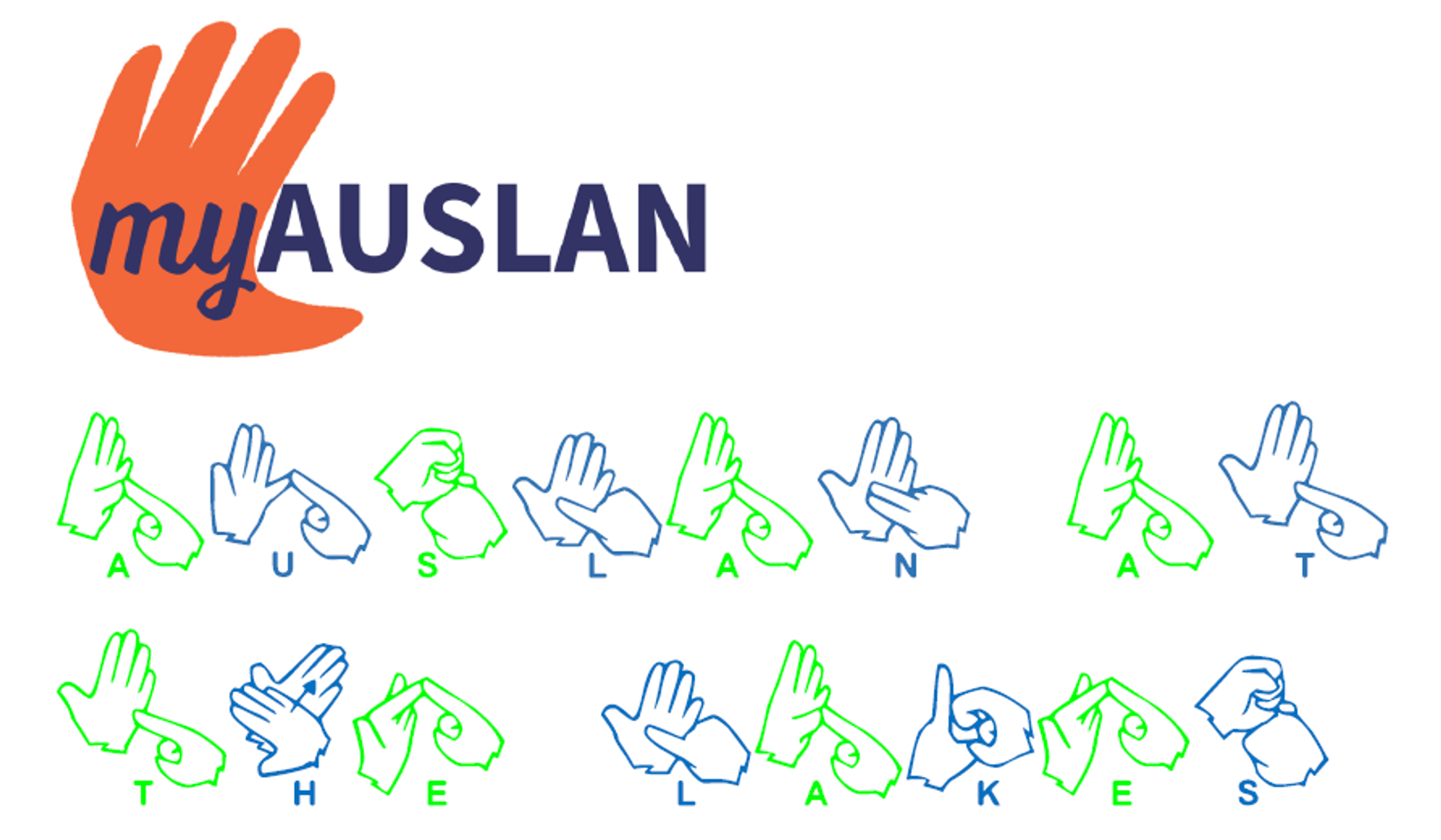AUSLAN

EY AUSLAN
Here are some messages from the Early Years Auslan club:
What I like about being in Auslan club is that we learn Auslan and it is fun.
- Olivia Cadzow 4A
What I like about Auslan club is learning new signs and having fun.
-Aiyesha Chakli 4C
What I like about being in Aulsan club is learning how to sign Auslan. I also liked highlighting deaf awareness week because we spoke at assembly and performed.
-Adele Sprague 4A
What I like about being in Auslan club is it is very fun and I can be a leader.
Kianah Sliven 4A
Middle Years Reflections
This year, the Year 5s had the chance to learn Auslan (L.O.T.E) once a week, all year long. Auslan is a way to communicate with Deaf people around Australia. Auslan has been used since the 1980s and is still going on till this day onwards. We participated in lots of different activities such as and we investigated “What Does Language Mean To Me”. Let’s not forget the Auslan games. Guess who? Pictionary, knots and crosses and Chinese whispers using Auslan.
Deaf Awareness Week
Deaf Awareness Week (International Week Of The Deaf) is a week to support the Deaf community. We respect this week and we highlight all the issues Deaf people are having. We try are best to be there to support them in their life journey. Deaf Awareness Week officially began in 1958 and is still going on to this day forwards.
Auslan At The Lakes
Auslan, the language of the Australian Deaf Community, is the Language Other Than English (LOTE) that The Lakes South Morang P-9 School is implementing as part of its curriculum.
It is unique to Australia and does not have a written form. It is a visual and spatial language that has its own grammar and syntax and uses other linguistic elements not found in spoken languages. It is very different to English which is an auditory, verbal and written language. Auslan vocabulary and grammar are greatly dependent on the context of the topic.
Auslan was not invented by any single person, hearing or deaf. Any language, whether spoken or signed, grows and develops spontaneously in response to the communication needs of its users, particularly when it is used by an entire community and in communication between parents and children.
The essentials of Auslan are:
· Specific hand shapes, body language and facial expression;
· Direction, location, movement and orientation of hands to deliver meaning;
· Fingerspelling is used in conjunction with Auslan to manually spell out words that have no equivalent sign, or to spell out the names of places or people. Fingerspelling is also used for emphasis or to clarify a word.
The program is structured to include a section of suggested vocabulary signs linked to each term unit included in the year level’s Scope and Sequence Planner. Teachers plan for the signs they would like to incorporate into their daily program, allowing the teams to develop a culture of authentic communication with both verbal and signed speech.
A set of games and activities is included for each year level to support the introduction and continual practise of the signs and will be extended as more ideas are created and utilised. The program is continually reviewed and modified. Signing can take place any time of the day and in any way appropriate.
Auslan aims to develop the knowledge, understanding and skills to ensure students:
- communicate in Auslan;
- understand language, culture and learning and their relationship, and thereby develop an intercultural capability in communication;
- understand themselves as communicators;,
- develop a knowledge and an understanding of the diversity of Deaf experience and the nature of identity.
